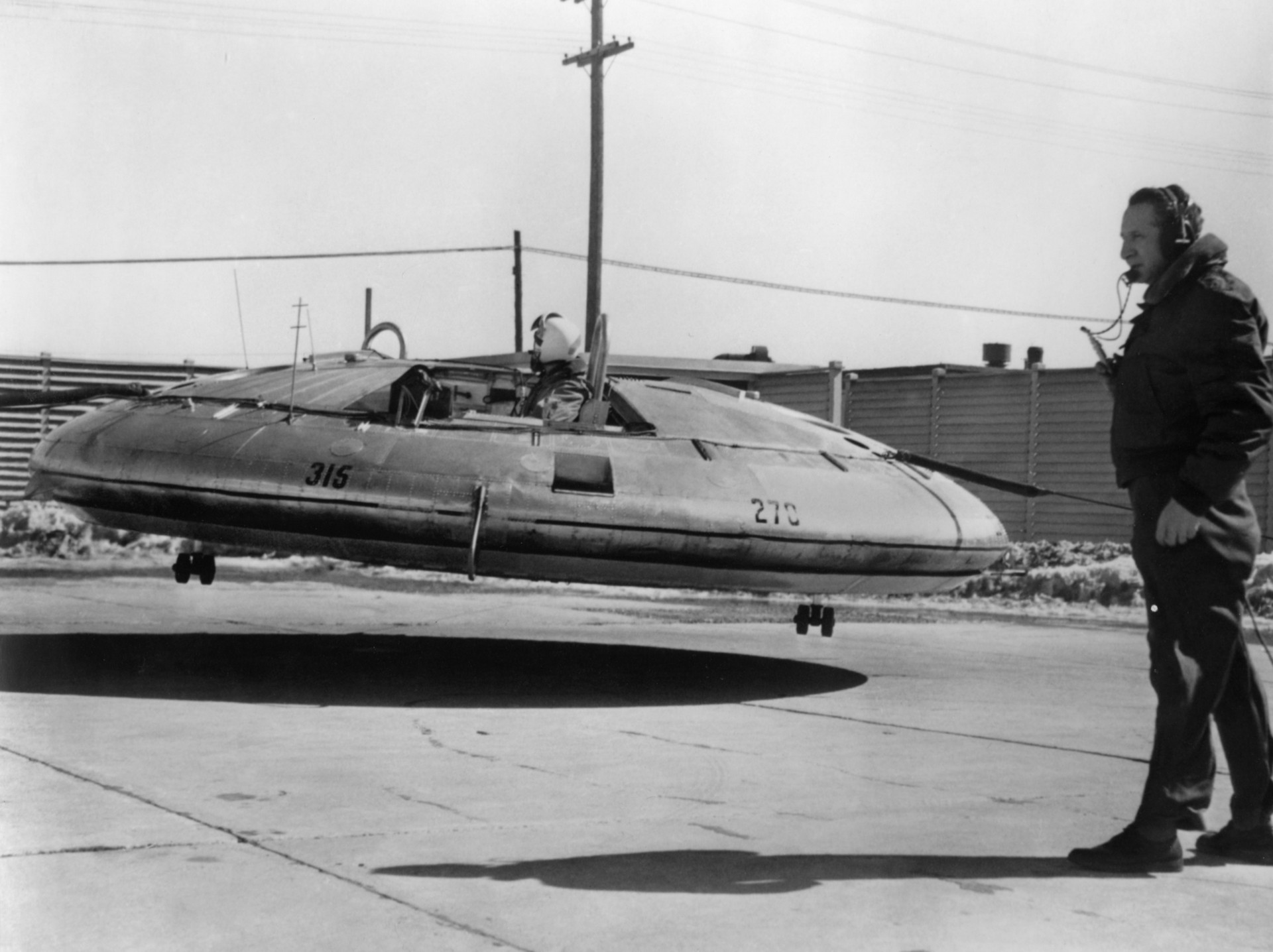There’s been a lot of interest in flying cars and the latest comes from the United States Air Force.
According to DefenseNews, the branch has kicked off its Agility Prime project which aims to find a flying car capable of transporting troops and equipment.
The Air Force appears to be particularly interested in electronic vertical takeoff and landing (eVTOL) aircraft and the publication noted the branch’s acquisition executive, Will Roper, told reporters “Now’s the perfect time to make Jetsons’ cars real.”
Also Read: Porsche Will Make A Premium Flying Car With Boeing
While companies usually compete to win government contracts, Agility Prime will reportedly be structured as a competition where firms race to achieve objectives. This seems to be a budget-minded approach and Roper echoed that sentiment as he said flying car firms are “flush with cash from private investors,” so the Air Force’s “value proposition is our test ranges, our safety and airworthiness certifications.”
Agility Prime has relatively lax specifications, but the Air Force is reportedly looking for an eVTOL aircraft that can carry between three and eight troops. The ideal aircraft will also have a range in excess of 100 miles (161 km) and be able to hit speeds in excess of 100 mph (161 km/h) for an hour or more at a time.
As for how companies achieve this, it’s largely up to them but electric and hybrid propulsion systems appear to be preferred. The Air Force is also apparently open to aircraft that fly autonomously, remotely or with an onboard pilot.
If everything goes according to plan, the Air Force will buy a handful of flying cars by fiscal year 2023. You can read more about the project here and here.
Of course, isn’t the Air Force’s first time exploring a Jetsons-like vehicle. In 1958, the United States took over Canada’s Avrocar project with the idea of creating versions for the Army and Air Force. The Army version was intended to be a subsonic all-terrain troop transport and reconnaissance aircraft, while the Air Force wanted a VTOL aircraft that could hover and hit supersonic speeds.
The resulting ‘flying saucer’ was a failure as the National Museum of the United States Air Force said it displayed “uncontrollable pitch and roll motions” if it flew more than 3 feet (0.9 meters) off the ground. The prototype also had a top speed of just 35 mph (56 km/h), despite using three Continental J69-T9 turbojets each capable of producing 927 lbs (420 kg) of thrust.







